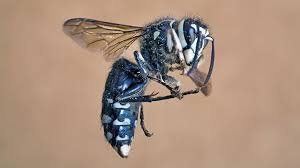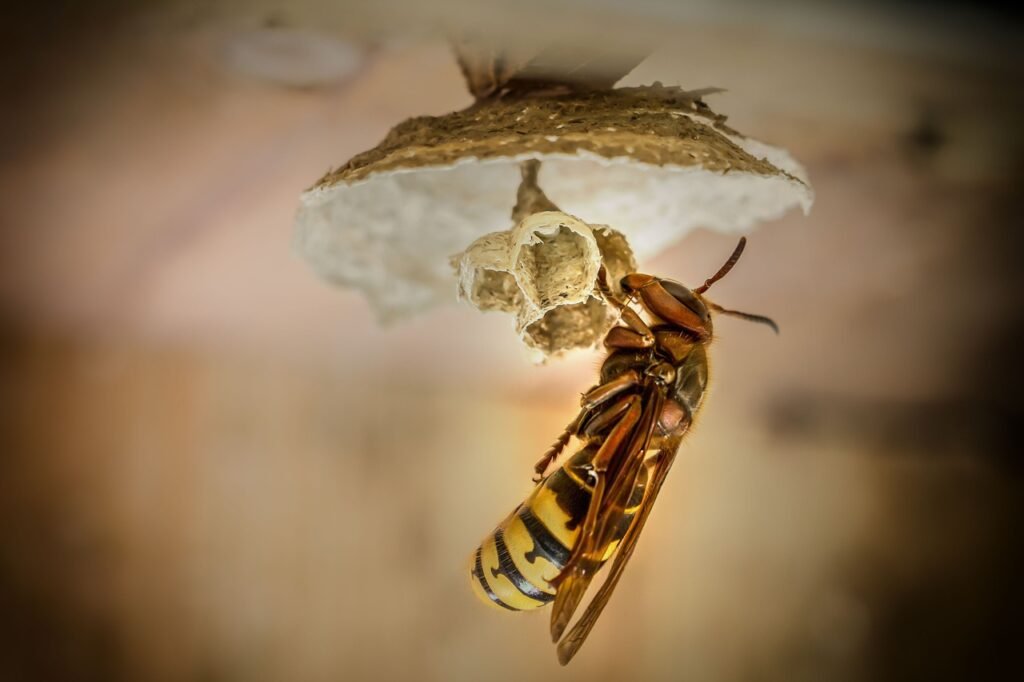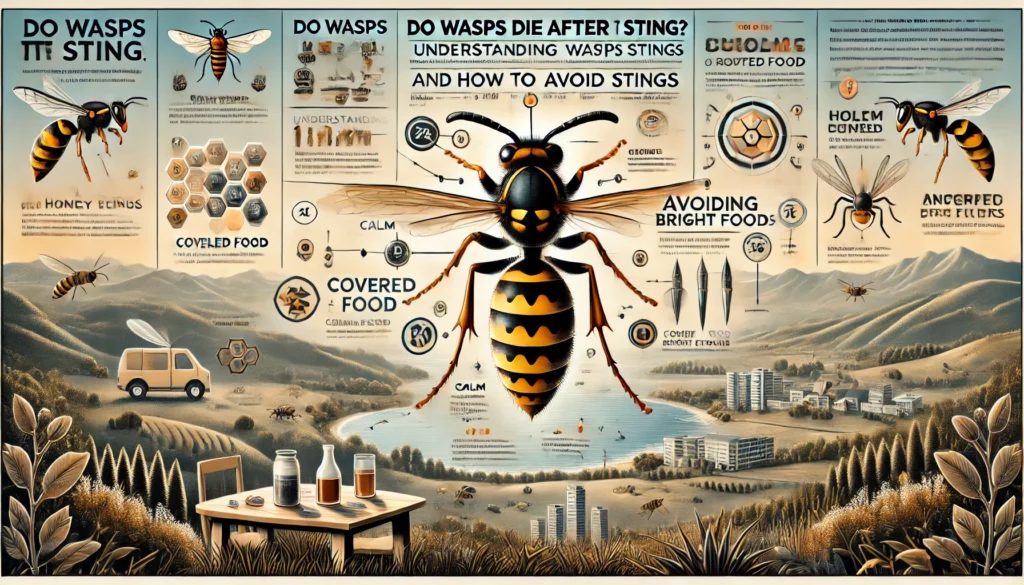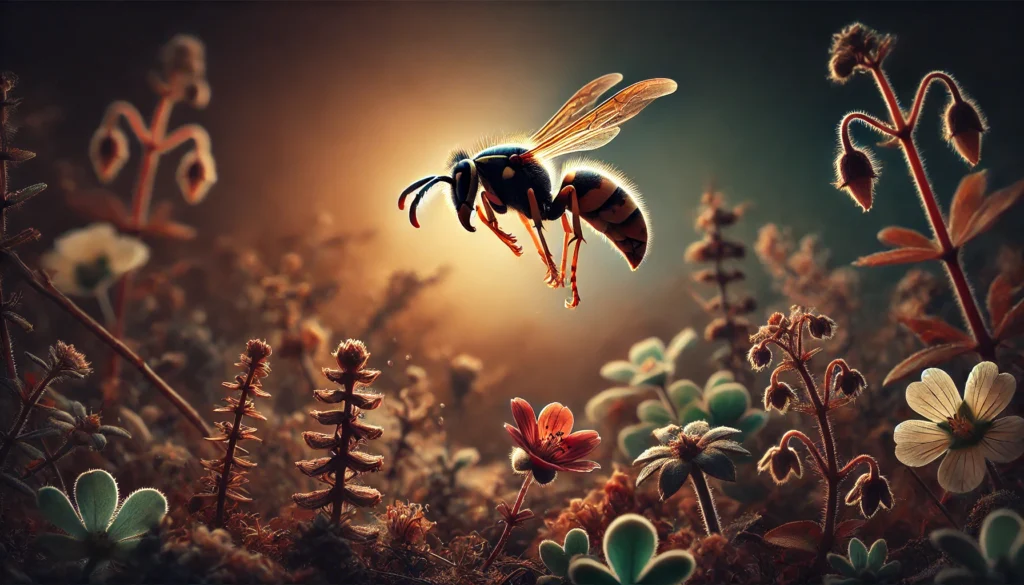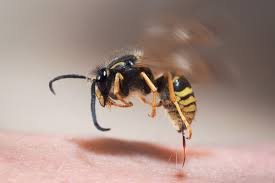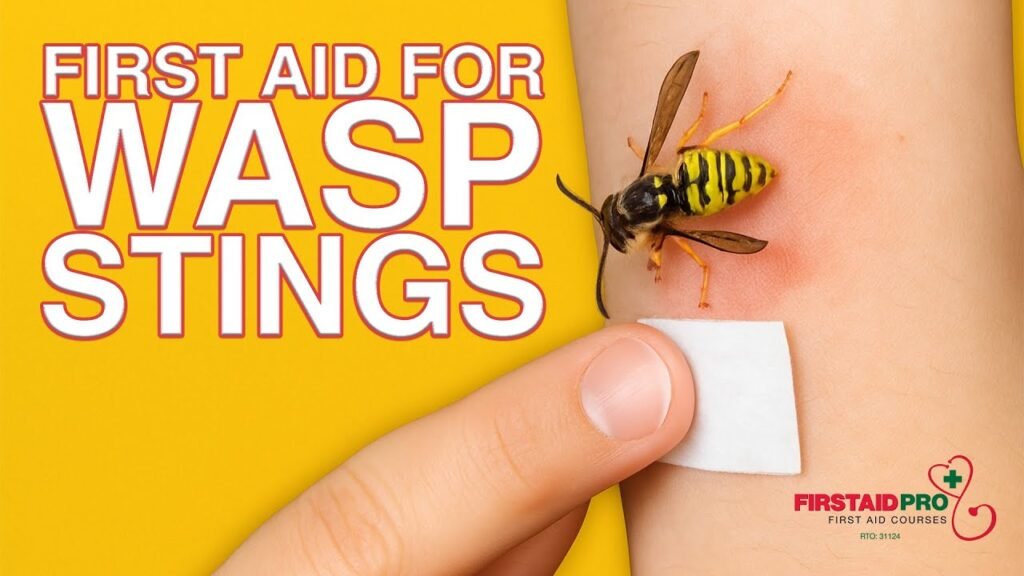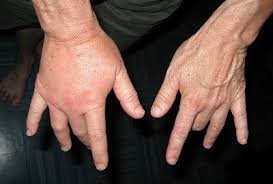A wasp sting can be sudden, painful, and alarming, especially if swelling and itching follow. Many people wonder how to neutralize wasp venom quickly to reduce discomfort and avoid complications. Understanding the best remedies—both natural and medical—can help you recover faster and feel more comfortable after a sting.
This guide will cover the science behind wasp venom, first aid steps, and remedies that work to minimize pain and swelling.
Why Learning How to Neutralize Wasp Venom Matters
Wasp venom contains toxins that trigger pain, inflammation, and allergic reactions. While most stings are not dangerous, they can still cause intense itching, redness, and swelling. By knowing how to neutralize wasp venom, you can take action right away, minimizing symptoms and speeding up healing.
First Aid Steps for Wasp Stings
Before trying home remedies, immediate first aid is essential:
Check the Sting Area
Wasps usually don’t leave stingers behind, but inspect the skin just in case.Clean Thoroughly
Wash with soap and cool water to remove surface venom and reduce infection risk.Apply Cold Compress
Use an ice pack wrapped in a cloth for 10–15 minutes to numb pain and slow swelling.
These initial steps set the foundation for learning how to neutralize wasp venom safely.
Natural Remedies to Neutralize Venom
Several household items can help counteract the effects of wasp venom:
Baking Soda Paste
Because wasp venom is slightly alkaline, applying a paste of baking soda and water can soothe irritation and help neutralize toxins.Vinegar or Lemon Juice
Acidic solutions balance the venom’s alkalinity, making them effective when learning how to neutralize wasp venom.Honey
Its antibacterial and soothing properties reduce redness and itching.Aloe Vera Gel
Provides cooling relief and helps the skin heal faster.
These remedies are safe, affordable, and widely used for sting relief.
Over-the-Counter Options
Sometimes natural remedies aren’t enough, and you may need OTC products:
Antihistamines (like diphenhydramine) to reduce allergic reactions
Hydrocortisone Cream to calm inflammation
Pain Relievers (ibuprofen or acetaminophen) to manage soreness
Used together with natural remedies, these treatments help you manage pain and irritation while you figure out how to neutralize wasp venom effectively.
When to Seek Emergency Help
Most stings are mild, but watch for warning signs:
Severe swelling spreading from the sting site
Trouble breathing or swallowing
Dizziness, nausea, or rapid pulse
Multiple stings at once
In such cases, it’s no longer about how to neutralize wasp venom at home—it’s about getting immediate medical help.
Preventing Wasp Stings in the Future
Prevention is the best protection. Here are tips to avoid stings altogether:
Avoid wearing floral perfumes outdoors
Wear neutral-colored clothing
Keep food and sugary drinks covered
Stay calm and still if a wasp approaches
By reducing exposure, you may never have to worry about how to neutralize wasp venom again.
Final Thoughts
Knowing how to neutralize wasp venom helps you take control of a painful sting situation. With quick first aid, home remedies like baking soda or vinegar, and proper medical care when needed, you can minimize symptoms and recover quickly. Always pay attention to severe allergic reactions, as they require immediate medical attention.
